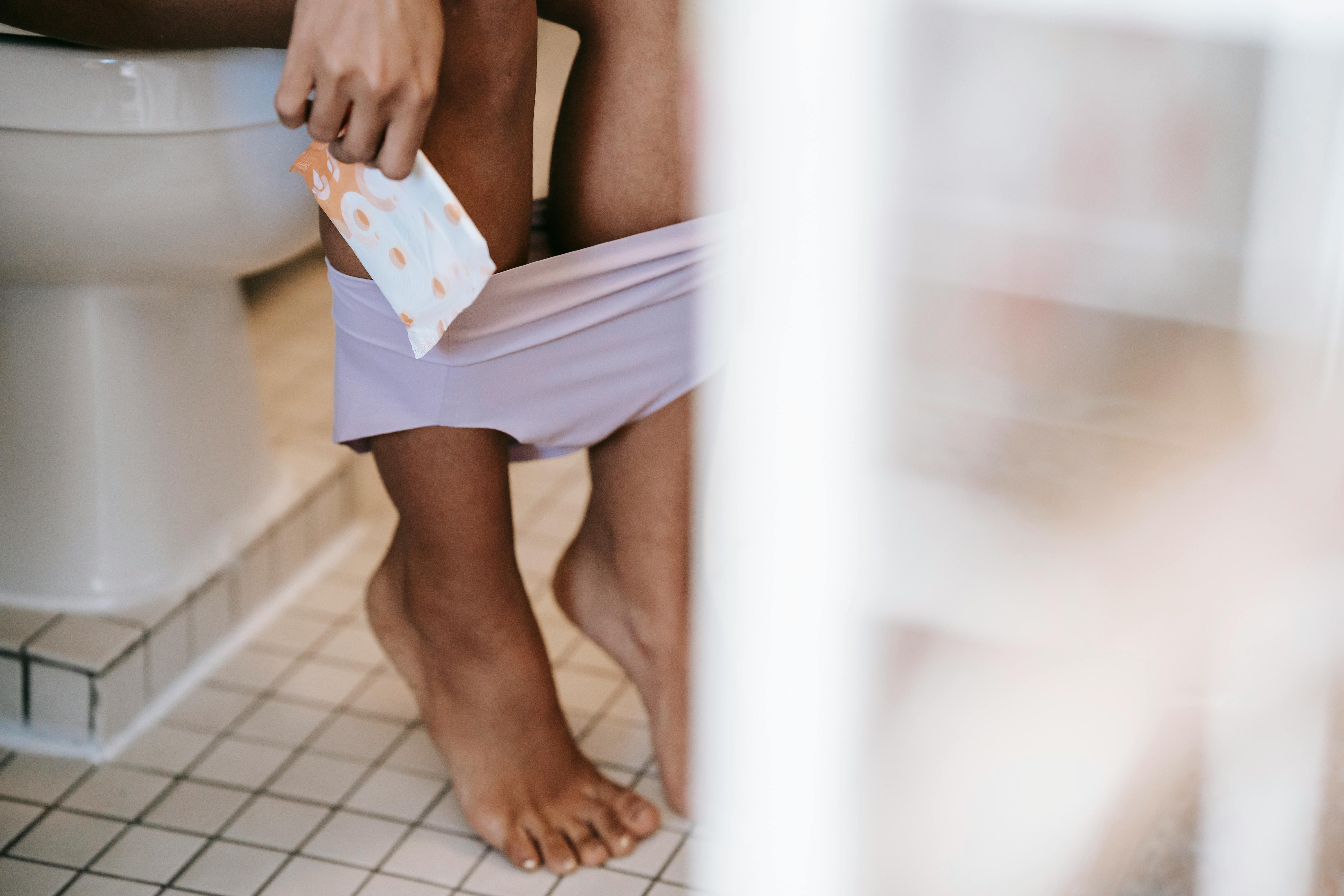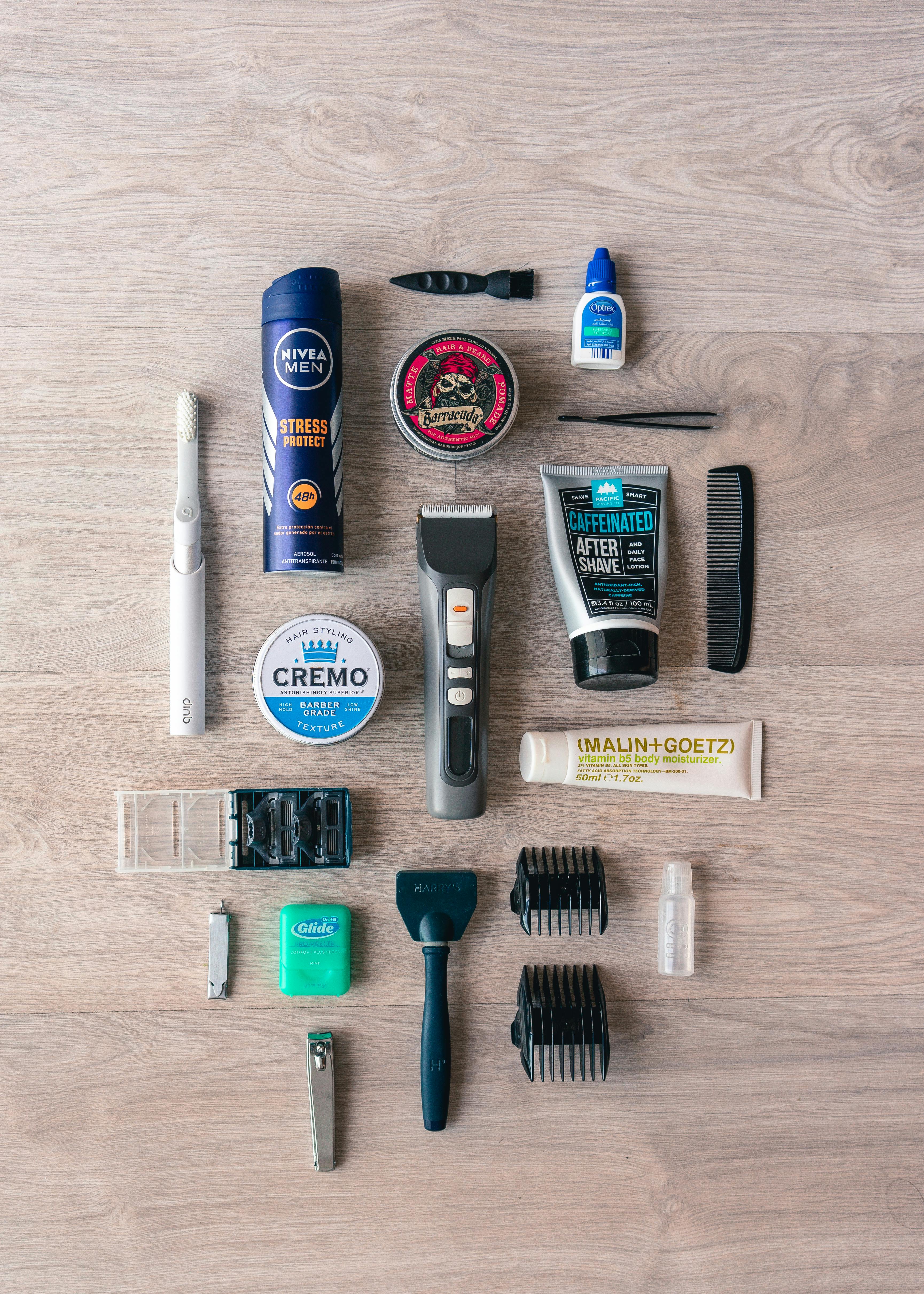
Effective Ways to Clean Mold Off Walls: Essential Tips for 2025
Mold growth on walls can be a pervasive issue for homeowners, leading not only to unsightly patches but also potential health risks. Understanding effective ways to clean mold off walls is essential for maintaining a healthy living environment. In 2025, with various advancements in both natural and commercial cleaning solutions, it's important to equip yourself with the best techniques and practices for mold remediation.
This article will guide you through essential tips for cleaning mold from various surfaces, effective mold removal methods, and preventive measures to avoid future growth. From homemade solutions to commercial products, whether you are dealing with moldy walls in a damp basement or on freshly painted surfaces, we've got you covered. By the end of this article, you will have a comprehensive understanding of how to tackle mold issues effectively and maintain your home environment safely.
Key Takeaways: Learn about the best cleaning methods, the importance of safety during mold removal, and how to prevent mold in your home. Let’s delve into the world of mold cleaning solutions that will keep your walls spotless and your environment healthy.

Understanding Mold Growth Causes and Prevention
Before diving into the methods for cleaning mold off walls, it is vital to understand the factors that contribute to mold growth. Mold thrives in damp environments, primarily caused by high humidity levels, water damage, or leaks. To prevent mold from becoming a persistent issue, focus on reducing moisture levels in your home.
Identifying Common Signs of Mold
Recognizing mold growth early can save you from complicated remediation processes. Look for discoloration on walls, especially black or green patches, and musty odors. In some cases, mold can even be hidden behind wallpaper or under paint. If you suspect mold presence, check these areas promptly.
Preventive Measures for Mold Growth
To reduce the chance of mold-related issues, ensure proper ventilation in your home, especially in moisture-prone areas like bathrooms and kitchens. Installing exhaust fans and keeping windows open when weather permits can significantly lower humidity. Additionally, consider using dehumidifiers in areas where humidity is above 50%.
Checking for Moisture Regularly
Regularly check your walls for signs of moisture and potential leaks. Fix plumbing issues immediately and ensure windows and doors are sealed correctly. Conduct an inspection after heavy rains or storms to see if any water has penetrated your home.
With a solid foundation on mold prevention, it’s time to explore the various methods for cleaning mold from walls effectively.
Essential Mold Removal Methods & Cleaning Solutions
When it comes to removing mold from walls, you have a variety of options ranging from natural homemade solutions to powerful commercial cleaners. Each method has its pros and cons, depending on your specific needs and the extent of mold growth.
Homemade Mold Cleaner Recipes
Using household items can be an eco-friendly way to combat surface mold. Vinegar is a popular choice due to its natural antifungal properties. Mix equal parts of water and white vinegar in a spray bottle, apply it to the affected areas, and let it sit for about an hour before scrubbing. Baking soda is another effective option; combine it with water to form a paste for scrubbing.
Commercial Mold Removers
For more extensive mold infestations, consider investing in commercial mold removers that are specifically designed for tough stains. Be sure to follow the manufacturer's instructions for safe application. Brands that are effective often contain ingredients that rapidly kill mold spores and disinfect the surface.
Utilizing Bleach for Mold Removal
Bleach can effectively remove mold from non-porous surfaces like tiles or glass. A bleach solution can be prepared by mixing one cup of bleach with a gallon of water. However, it's critical to use bleach cautiously, as it can discolor painted walls and release harmful fumes. Always work in well-ventilated areas when using bleach.

Now that we have discussed different mold removal solutions, it’s important to address the safety precautions and effective techniques for application.
Safety Tips for Mold Cleanup
Cleaning mold is not just about the removal process; safety is a crucial factor to consider to prevent health issues that mold exposure can cause. Follow these safety tips to ensure a successful cleanup.
Protective Gear for Mold Cleanup
Always wear protective gear when handling moldy materials. A good quality mask can help avoid inhaling mold spores, while gloves will protect your skin from irritation caused by cleaning products. Goggles can also shield your eyes from splashes.
Proper Ventilation During Cleaning
Ensure the room is well-ventilated to disperse any mold spores released into the air. Open windows and doors while cleaning, or utilize fans to help direct airflow out of the room. This helps reduce the inhalation of spores and any toxic fumes from cleaning agents.
Dispose of Contaminated Materials Safely
If you find that drywall or other materials are infested with mold and cannot be cleaned, discard them in sealed bags. Grabbing the contaminated materials carefully and sealing them will help limit the spread of mold spores into the air.
With safety protocols established, let’s advance to effective techniques and tools for achieving thorough mold removal.
Effective Techniques and Tools for Cleaning Mold
Having the right tools and approach can make a significant difference in how efficiently you clean the mold off your walls. Here’s a closer look at the best practices and equipment needed for successful mold remediation.
Cleaning Products for Effective Removal
Choosing the right cleaning agents is crucial. For typical household molds, a combination of vinegar, baking soda, or hydrogen peroxide works well. For tougher molds, look for products specifically marketed for mold removal that are labeled as safe and effective.
Scrubbing Techniques: Best Practices
When scrubbing mold off walls, use a scrub brush with stiff bristles to effectively lift and remove the mold. For painted walls, ensure you don’t apply too much pressure to prevent damage. A gentle scrubbing approach will be more effective than abrasive techniques that could mar the surface.
Post-Cleanup Care and Maintenance
After cleaning, ensure the walls are dry to prevent future growth. You may want to use a disinfectant spray to sanitize the area. Additionally, keeping humidity levels low and ensuring proper ventilation will further prevent the recurrence of mold.
When to Call for Professional Mold Removal Services
Sometimes mold infestations can become severe, requiring professional intervention. Understanding when to call in experts ensures you handle mold issues effectively without risking health or further property damage.
Assessing the Severity of Mold Infestations
If you encounter mold covering a large area (greater than 10 square feet), it may be prudent to seek help from professional mold cleaners. The expertise and equipment they possess can handle extensive infestations more effectively.
Health Risks Associated with Mold Exposure
Individuals with mold allergies, respiratory conditions, or compromised immune systems are particularly vulnerable to the health impacts of mold. If you notice significant health concerns related to mold exposure in your household, professional help should be prioritized.
Understanding Legal Implications of Mold Issues
In some cases, mold can lead to legal issues, especially in rental properties. If mold is present, it can violate health codes. If you've reported mold to your landlord without resolution, you may need to consider contacting mold remediation professionals who can document mold presence and provide necessary evidence of unsafe living conditions.
Common Mistakes to Avoid During Mold Removal
When dealing with mold cleanup, avoiding common mistakes can significantly affect your success. Here are some pitfalls to watch out for.
Skipping Safety Precautions
Never underestimate the importance of wearing protective gear. Skipping this step is a common mistake that can lead to health issues and worsen mold infestations.
Not Addressing the Moisture Source
Cleaning the visible mold without addressing the underlying moisture problem can lead to a recurring mold issue. Always find and rectify the source of moisture first.
Failing to Test for Hidden Mold
Not checking for hidden mold in areas like behind walls, under carpets, or in hidden corners may lead to missed spots, rendering your cleanup efforts ineffective. Use a moisture meter to assess potential problem areas.
Q&A Section: Essential Tips for Mold Removal
What are the best products for cleaning mold off walls?
For typical cleaning, vinegar, baking soda, and hydrogen peroxide are great natural options. For tougher cases, commercial mold removers designed for such areas are effective.
How can I prevent mold growth in my home?
Keeping humidity levels low, fixing leaks, and ensuring adequate ventilation can significantly reduce the likelihood of mold growth.
Are there any health risks associated with mold exposure?
Yes, mold can produce allergens and irritants that may lead to health problems, particularly for those with mold allergies or respiratory conditions.
When should I consider hiring a professional for mold removal?
If the mold covers a large area or if you experience health symptoms related to mold exposure, it is advisable to seek professional help.
What are the signs that mold is present in my home?
Look for discoloration on walls, musty odors, and signs of moisture. If you notice these indicators, a closer inspection is necessary.
Through effective methods for cleaning mold off walls and proper maintenance, you can combat mold issues, ensuring your home remains a safe haven. Armed with knowledge about effective mold removal techniques and maintenance practices, your approach to mold management will certainly improve.